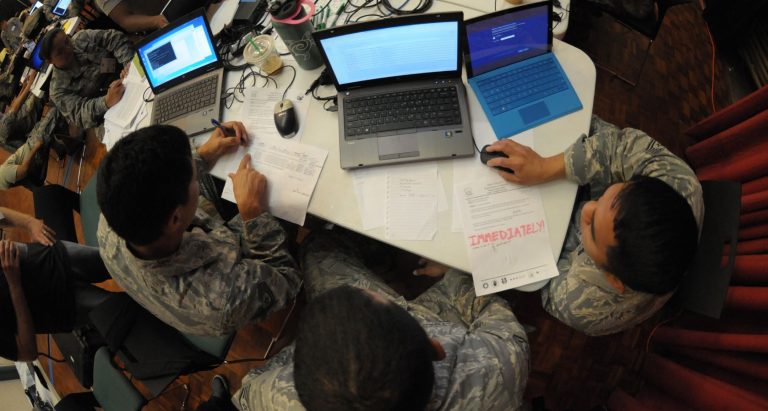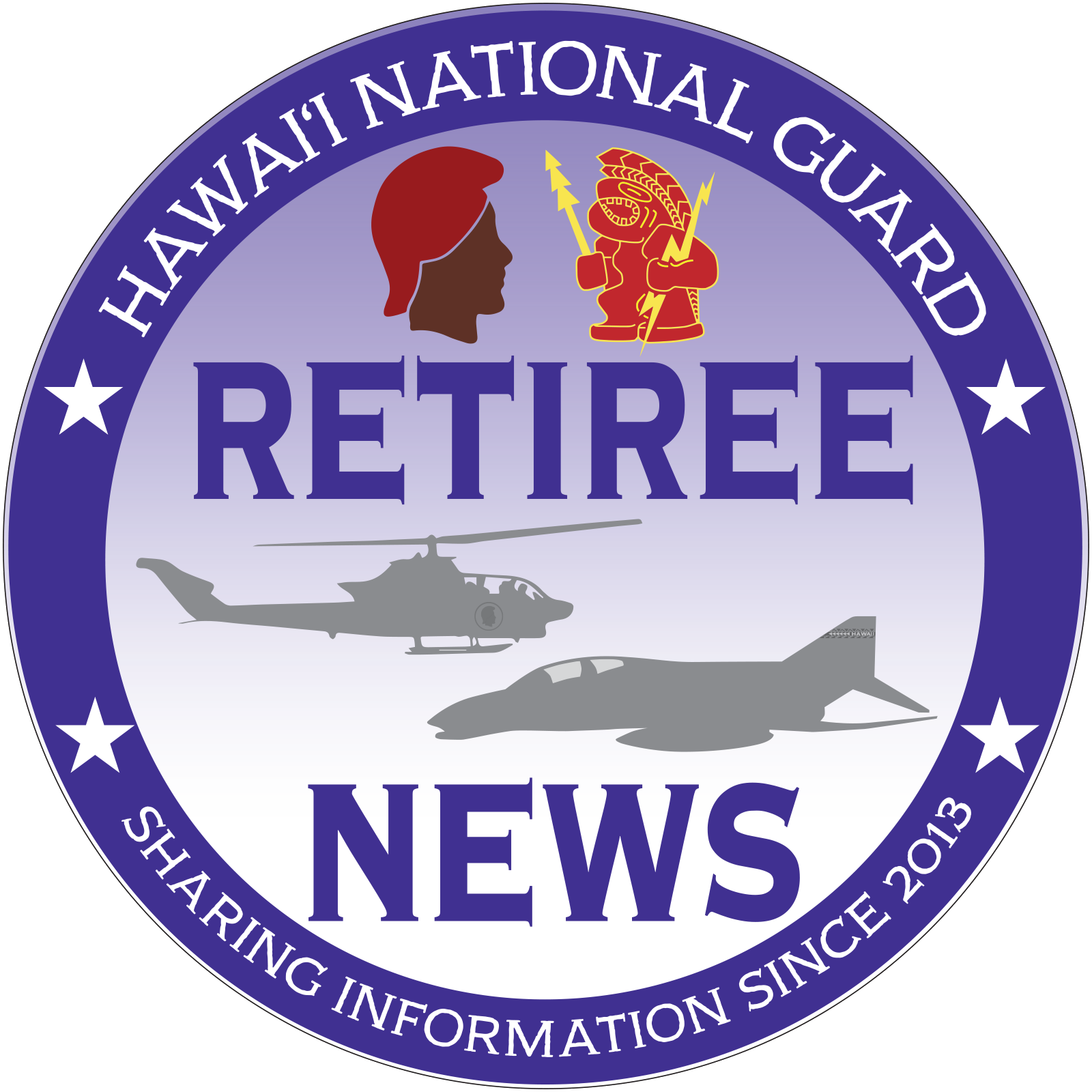
Exercise Vigilant Guard / Makani Pāhili (VG/MP15) was a series of joint training exercises conducted in Hawaiʻi to enhance disaster response capabilities across local, state, and federal agencies. These exercises were designed to improve preparedness for large-scale disasters such as hurricanes, earthquakes, chemical spills and cyber attacks. They brought together a diverse range of participants from military branches, local agencies, private industries and even international partners, ensuring a comprehensive, multi-faceted approach to disaster management.
One of the standout components of the exercise was the Alternate Port Concept (APC), demonstrated at Joint Base Pearl Harbor- Hickam, which simulated the use of alternate ports to transport cargo when the primary Port of Honolulu was incapacitated. The exercise featured a specially-designed crane that offloaded containers from barges, marking the first time the Navy base opened its port to civilian traffic. This exercise was crucial in strengthening partnerships among the Navy, Hawaiʻi National Guard, local government and private industries, such as Young Brothers and Matson, to ensure a continued supply chains during a major disaster.
Another key element was the Poʻoihe Cyber Security Exercise, which involved teams working to defend critical infrastructures such as the energy sector from cyberattacks. Hawaiʻi’s dependence on essential services like water plants, power grids, and telecommunication makes these sectors vulnerable during times of crisis. Participants, including personnel from Hitachi Japan, California National Guard and local agencies, tested their abilities to defend against cyber threats while also dealing with real-world complications such as a pandemic outbreak triggered by the hurricane.
A significant portion of VG/MP15 focused on search and rescue operations, including the Kalaeloa Rubble Pile Exercise. This scenario simulated a disaster with collapsed buildings and hazardous materials. The exercise included the response from the Oregon National Guard’s Chemical, Biological, Radiological, Nuclear and ExplosiveEnhanced Response Force Package, which trained to evacuate victims while dealing with chemical spills, caused by the hurricane. Soldiers and Airmen worked together to handle over 50 role players, simulating various injuries and hazardous situations, testing their response time and ability to manage such crises in coordination with Civil Support Teams and other agencies.
The 199th Weather Flight of the Hawaiʻi Air National Guard played a vital role by providing real-time weather forecasts, crucial for operational planning. Their weather assessments, based on data from the National Weather Service and the Central Pacific Hurricane Center, informed decisions on relief missions, flight operations and damage assessment.
Overall, Vigilant Guard / Makani Pāhili exercises serve as a platform to integrate military and civilian resources, allowing agencies to work together and refine their disaster response protocols. The 2015 exercise demonstrated the critical importance of inter-agency collaboration, cybersecurity preparedness, and environmental readiness in the face of large-scale emergencies, laying the groundwork for continued partnership and disaster resilience in Hawaiʻi and beyond.
References: 2015 Annual Report, 2015 June Pūpūkahi
